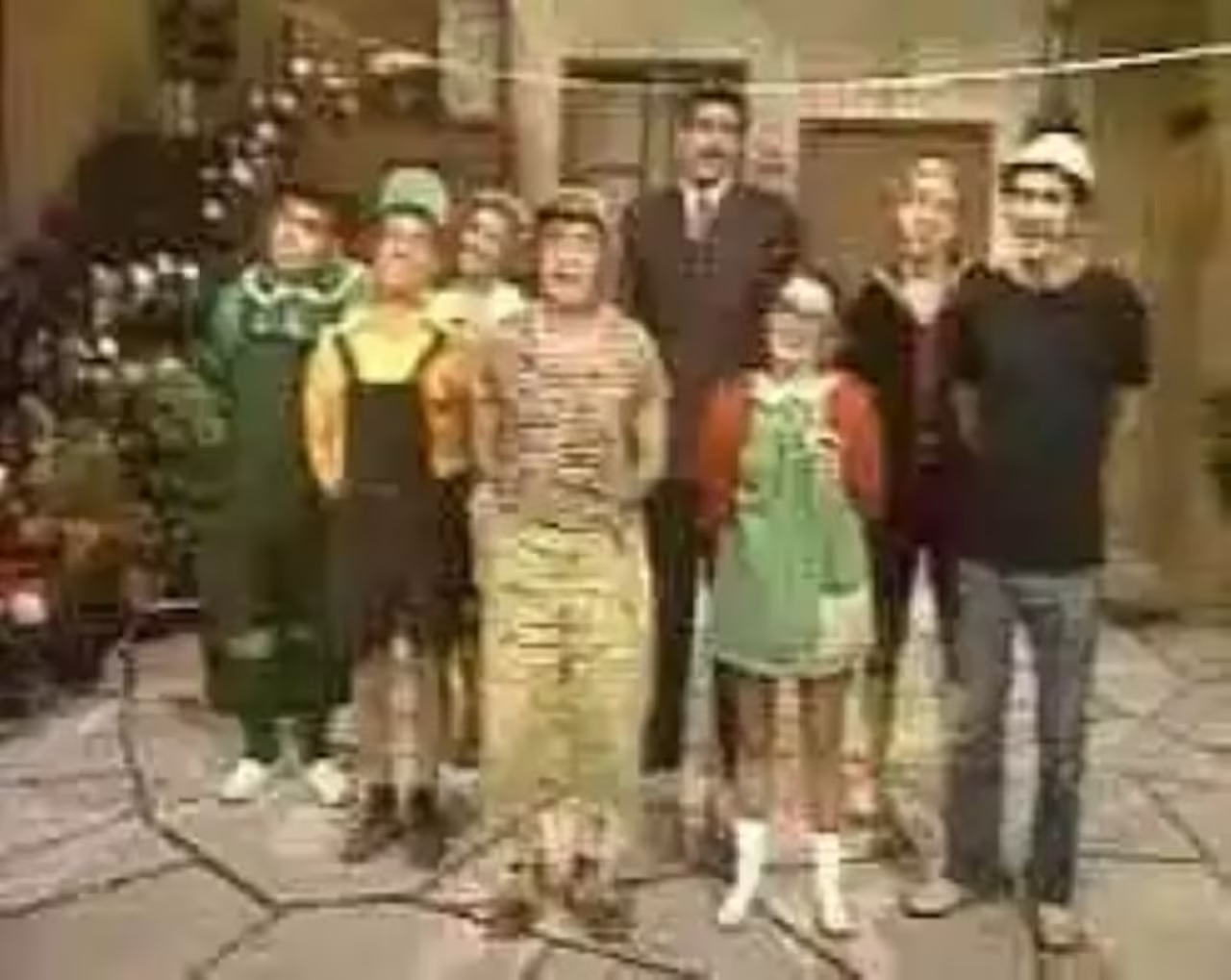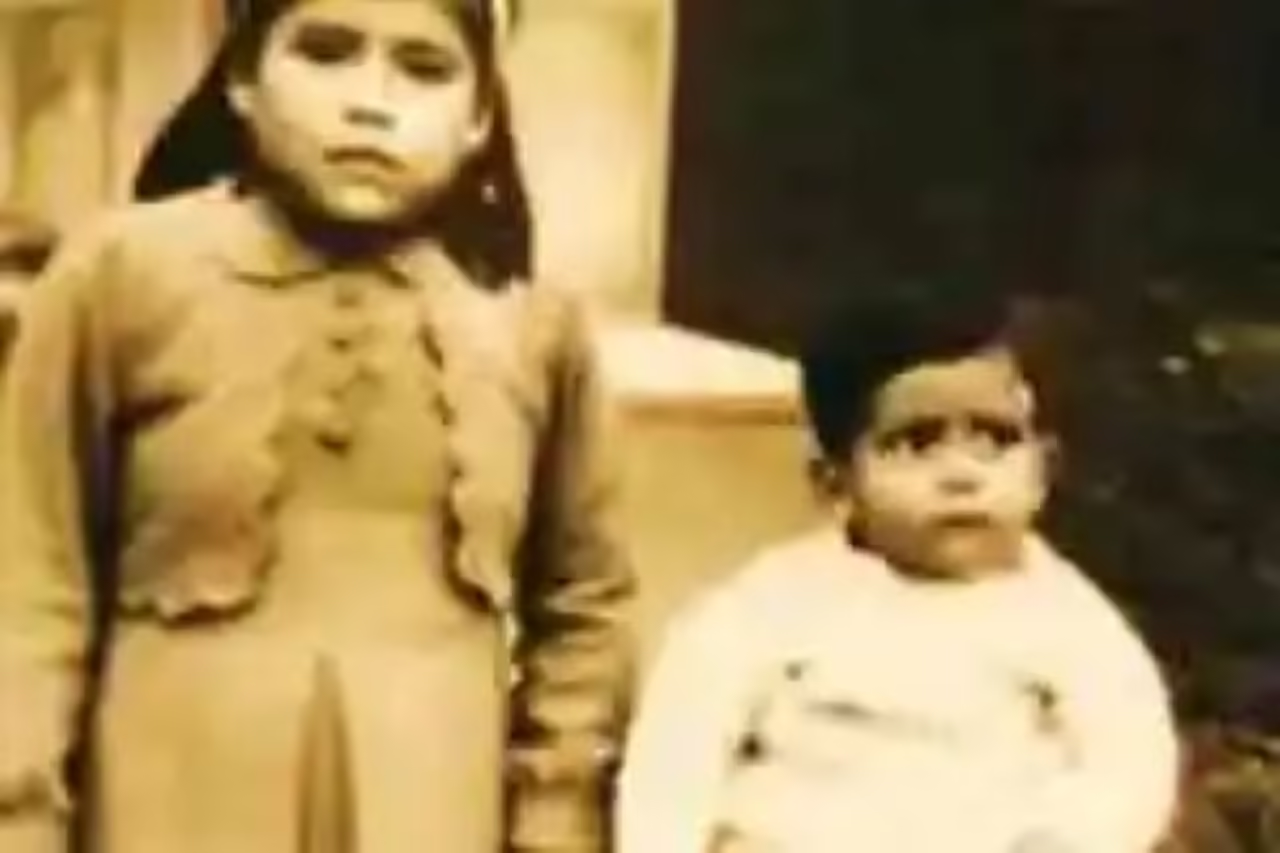The “Chavo del ocho” is the well-known series of Mexican humor devised by Roberto Gomez Bolaños, and was first broadcast on June 20, 1971. The plot of the series consists of the antics that several children commit in a neighborhood and that involves also to adults. The main protagonists are: El Chavo, Chilindrina and Quico (among the children) and Don Ramón, Dona Florinda, Professor Jirafales, Mr. Barriga and Mrs. Clotilde (among the adults).
The evil camouflaged in joke
The series, at first glance, has no other purpose than to entertain and narrate in a fun and funny way the different pranks of children, as well as situations typical of a neighborhood. However, could you hide something further?
For some Chavo del ocho, apart from being one of the greatest comedies of the entire Latin American television production, from an analytical point of view, it is nothing more than an esenification of hell itself where each of the central characters comes to personify each of the capital sins, like this:
The Chavo, the gluttony. He always has an insatiable appetite, is always craving to eat a ham sandwich or any other treat.
Don Ramón, laziness. He never works, or he only does it sporadically and never has the money to catch up with the rent.
Mr. Barriga, greed. He is only interested in being paid the rent and amassing his fortune.
Quico, envy. He can not stand Chavo having a good time or playing ball. Even when the other’s toy is more modest, his envy makes him enter an altered state of consciousness.
The Chilindrina, the anger. She is the girl with the tantrums. While it is true that Quico also does tantrums, the Chilindrina far exceeds them.
Dona Florinda and Professor Jirafales, lust. Both embody the libertines. Of course, for the time you could not show lust explicitly, but it is clearer what you are going to do when Dona Florinda invites Professor Jirafales to have a cup of coffee.
Mrs. Clotilde, pride. It also has the defect of vanity. His pet, named Satan, can not help but call attention. In some episodes it is a cat, and in others a dog.
Jaimito, the postman, would become a sort of messenger, an emissary that moves between the world of the living and the dead. Tangamandapio would represent the world of the living, while the neighborhood would be the world of the dead or, what is more, hell itself.
The number 8 is the symbol of infinity and, seen from our human experience, before we were born we were dead, and after our life ceases, we will return to the same state, for which death acquires a connotation of greater durability.
Some numerologists maintain that if one wants something to have a long durability, it should have eight letters, as in the case of Coca-Cola or Vatican. In this case, Roberto Gómez Bolaños, would have preferred not to have eight letters, but to have the same number in his name.
Of course, this is only a speculation, and nothing affirms that it is true, nor that the neighborhood of the Chavo of the eight is an esenification of hell. However, the way in which the characters fit into each of the deadly sins and that Satan lives there, personification of animalization, is quite striking.
Beyond this, what can not be denied is the humor and mischief that there is in each episode. Much of the gestures and gestures of Chavo del 8, would have been inspired by Marcela Gomez Fernandez, the daughter of Roberto Gómez Bolaños, as she maintains.
The last chapter of Chavo del 8 was aired on January 1, 1980, after almost 10 years of recordings and 290 episodes and became one of the best comedy series in Latin American television history.








